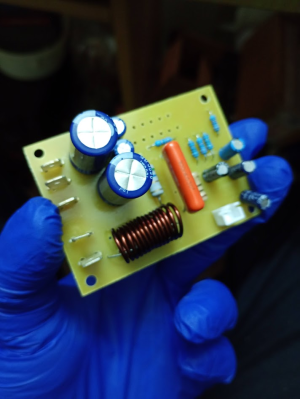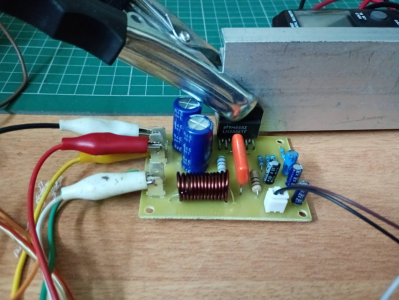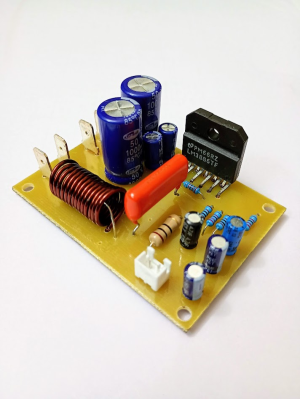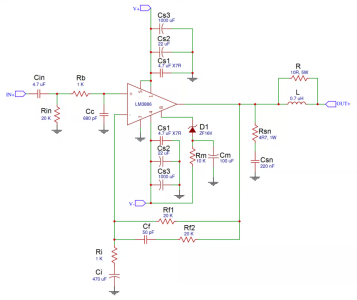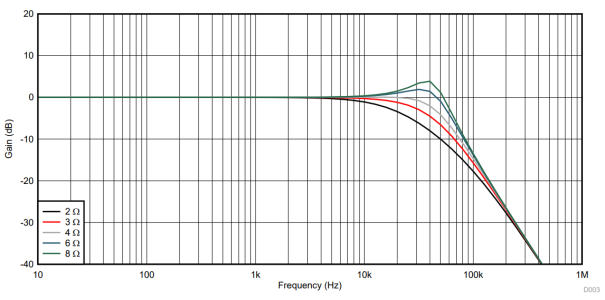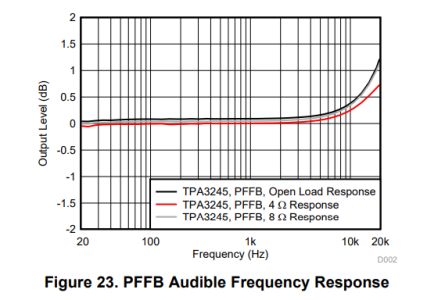Kannan_madhu
Well-Known Member
I bought a pair of LM3886 kits about fifteen years ago but never got around to building them, as I ended up using eight audio assembled boards instead. While cleaning recently, I came across the ICs again, but the PCBs and other components were missing. So, I thought of designing a new board for them. I referred to the official reference design, Tom Christiansen’s work at Neurochrome, Scott Campbell’s article on Circuit Basics, and Rod Elliott’s detailed write-up on the LM3886. All of them shared a wealth of information on LM3886-based amps. I designed the board keeping their suggestions in mind, using my favourite layout program, EasyEDA. I left the project aside for a few months, but recently got the test PCB made again. Today it was raining heavily from morning so I thought it was the perfect time to finally finish it.
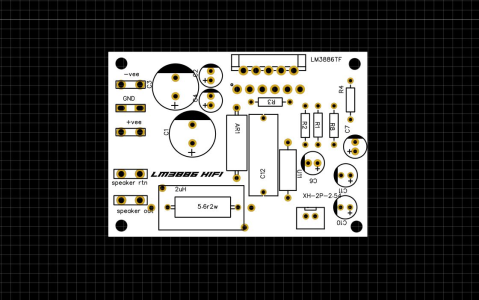
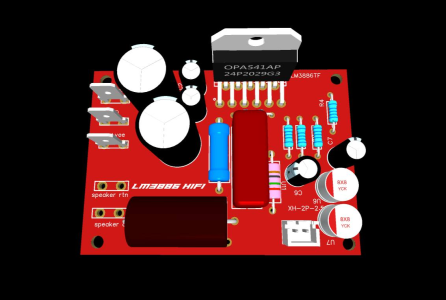
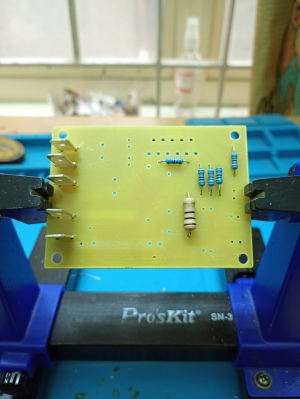
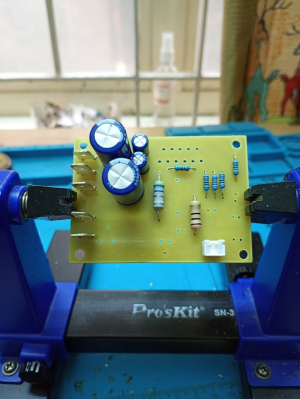




Last edited:


